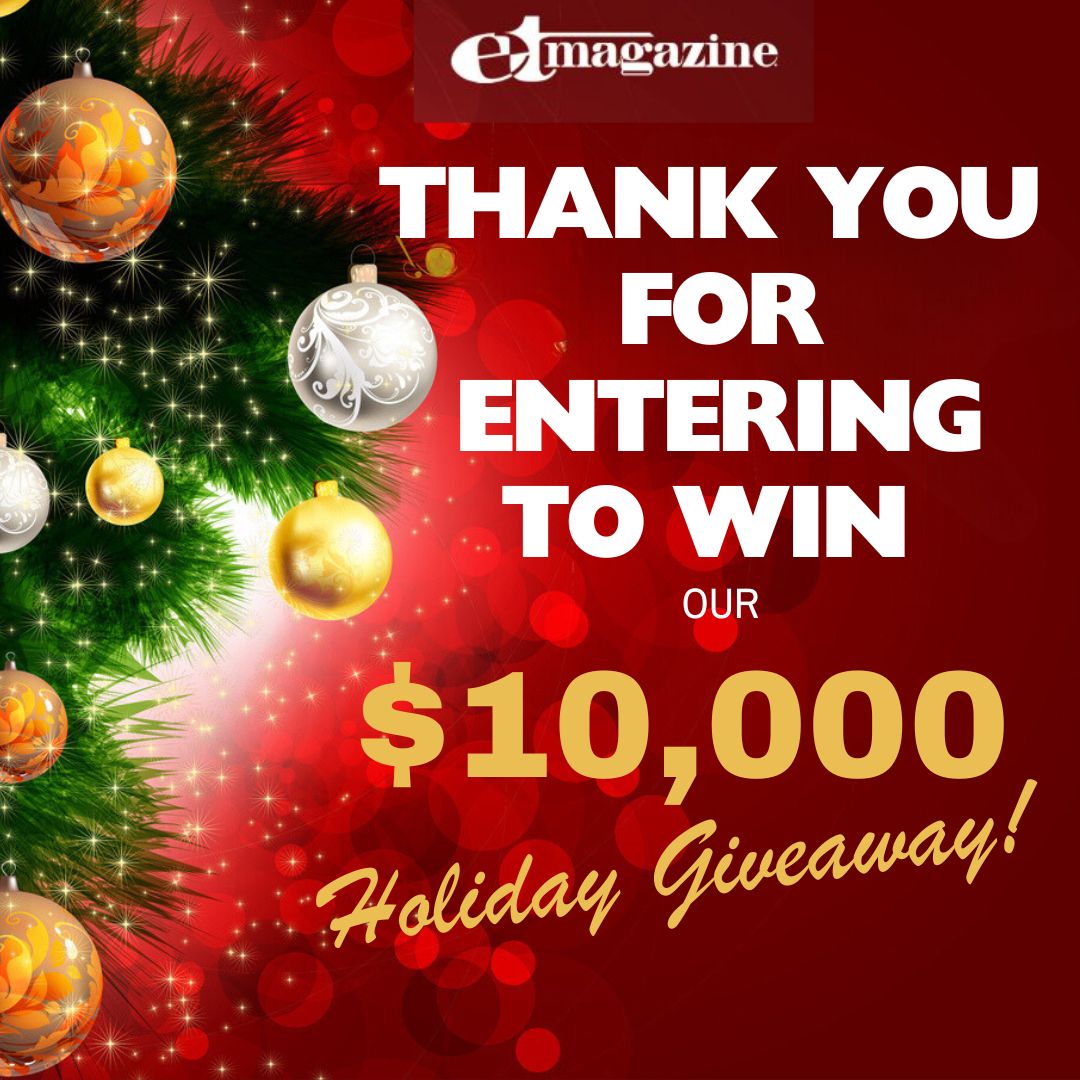|
While out shopping with my son recently, he pointed out a plaque that read: “Chocolate comes from cocoa, which is a tree. That makes it a plant. Chocolate is a salad.” The benefits and drawbacks of chocolate have been debated since the Aztec foodstuff made its way to Europe centuries ago. Hailed as, “The food of the Gods,” by some and chief perpetrator of pimples by others, science is now weighing in on the subject. Although the nutrition facts aren’t as simple as the aforementioned plaque would have us hope, armed with a few guidelines we can have our chocolate and some heath perks, too. Chocolate is made from beans sourced from pods of the cacao tree. The beans are fermented, dried, and roasted. After roasting, the shells are separated from the “nib”, which is the “meat” of the bean. Cacao nibs have made their way onto supermarket shelves and are touted as a “superfood”. Cacao nibs have high amounts of phytonutrients, antioxidants, fiber, and minerals such as iron and magnesium. They contain theobromine, which dilates blood vessels and acts as a stimulant to the nervous system. Cacao’s positive impact on cardiovascular function, alertness, and improved mood are responsible for much of the health claims attributed to chocolate. However, doctors caution that because cacao nibs are also high in fat they should be consumed in moderation. As we make our way to more familiar forms of chocolate products, the plot thickens a bit, as will our waistlines, unless we heed some cautions. Cacao nibs are finely ground into “cocoa mass” and some are further processed into cocoa butter and cocoa powder. The artistry of the chocolatier now enters the picture, with sweeteners, milk, and other flavorings to create a signature confection. As with most foods, the more cacao is processed and ingredients added, the less nutritious it is for you. Dark chocolate, which tends to have less sugar added and a higher fat content, offers the better nutrient profile. Many chocolates are now boldly labeled with their cacao content, with percentages above 70 necessary to obtain a health benefit. Milk chocolate will tend to have lower fat levels, and higher sugar, but will not contain enough cacao to be considered beneficial. Some may say the healthier it is the worse it tastes, but dark chocolates with the same cacao percentage may still vary widely in flavor due to many factors, including the country or countries the cacao was sourced from, and other added ingredients. Although as a “health food” chocolate might not rival a nutritional powerhouse like kale, it’s nice to know the candy unparalleled in its ability to touch our hearts can be good for them as well. |
Jackie Demeri Costello is a Certified Yoga Teacher, Holistic Educator, and the author of the Mom’s Choice Gold Award-winning book, Animooves: Yoga & Creativity |














 20 lucky winners will win $500 each in prizes totaling $10,000.
20 lucky winners will win $500 each in prizes totaling $10,000. 